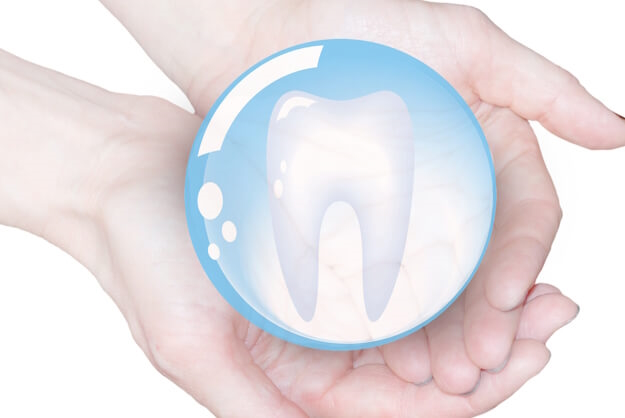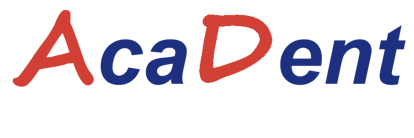
Module 2 – Basics of Dental Anatomy, Diseases, and Treatments
This module is an important step in the course, focused on acquiring basic knowledge in dental anatomy, diseases, and treatments, as well as on hygiene and prevention. This phase prepares learners with fundamental skills that will be practically implemented in later modules.
First, special attention is given to oral and dental anatomy, providing students with an understanding of the structure and functions of the oral cavity. This knowledge serves as a foundation for more advanced tasks to come, such as managing clinical records, billing, and treatment planning.
The module also covers oral pathologies, explaining the various diseases affecting the mouth and teeth. Students are introduced to different pathologies and diseases. Understanding these pathologies is important for the proper management of clinical information in a dental setting. The module objectives are as follows:
1. Identification of Anatomical Structures and Tooth Numbering:
Recognize the different parts and tissues of the oral cavity and understand tooth numbering according to the Fédération Dentaire Internationale system.
2. Dental Surfaces:
Learn to identify the different surfaces of the teeth, such as buccal, lingual, occlusal, mesial, and distal.
3. Classification of Dental Cavities into Different Classes:
Learn to classify dental cavities based on their location and extent.
4. Main Oral Lesions and Diseases:
a. Dental Caries: Understand the causes, mechanisms, and stages of dental caries.
b. Periodontal Diseases: Study gingivitis and periodontitis, with a focus on their symptoms and treatments.
c. Dental Anomalies: Explore developmental anomalies, such as those related to number, size, structure, occlusion, and other oral pathologies.
A significant portion of the content is dedicated to preventive measures, emphasizing the importance of maintaining optimal oral health. This includes information on hygienic practices, preventive measures, and advice to provide patients to promote good oral health.
5.Dental Hygiene Methods:
a. Oral Hygiene: Master preventive methods, including brushing, flossing, and other hygiene tools.
b. Prevention: Understand periodic dental exams, scaling, sealants, and fluoride application for disease prevention.
Additionally, this module explores in detail the most common treatments in dental clinics. Learners will become familiar with frequently performed dental care and procedures, forming the basis for treatment planning activities.
Common Dental Treatments:
1. Fillings (Restorations): Learn the types of materials used (very useful for billing, among other things), preparation techniques, and procedures for restoring decayed teeth (crucial for treatment planning).
2. Extractions and Other Surgeries: Know the indications, procedures, and post-extraction care.
3. Preventive Care: Acquire knowledge in prophylaxis, scaling, and sealants for maintaining oral health.
4. Fixed and Removable Prostheses: Understand the different types of prostheses, their indications, and associated care.
5. Dental Implants: Explore the basics of dental implants, including the steps and appointments needed. This will be used later for care coordination.
6. Root Canal Treatments: Learn the steps of root canal treatment, from preparation to final restoration.
7. Orthodontics: Understand the basic principles of orthodontics, types of devices, and follow-up for patients undergoing orthodontic treatment.
8. Periodontics: Gain knowledge on gingival curettage, gingivectomy, gum grafts, and other periodontal specific procedures.
This module forms the foundation of the skills necessary to excel as a dental administrative professional. As it is considered one of the most important parts of the course and the base for coding and billing, numerous formative tests are offered to students.
In short, this module provides a basic competency, ranging from dental anatomy to common treatments, enabling students to become good dental administrative assistants. Once in their role, they will be able to inform patients about their care and gather relevant information to effectively schedule appointments.
